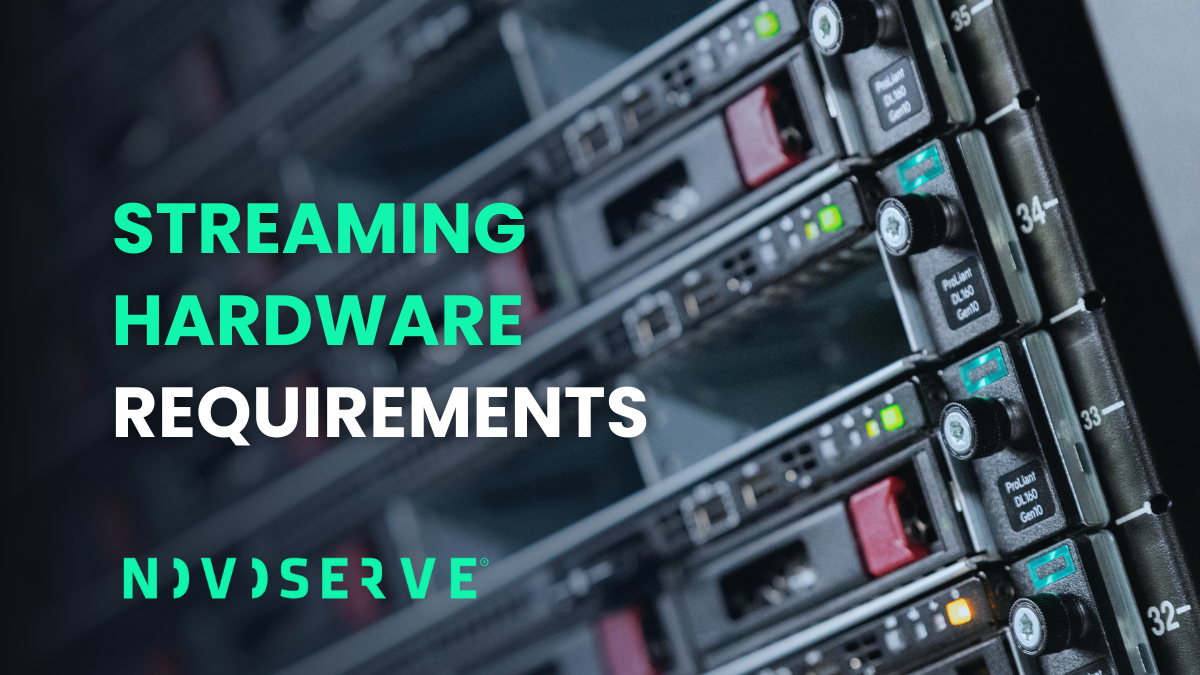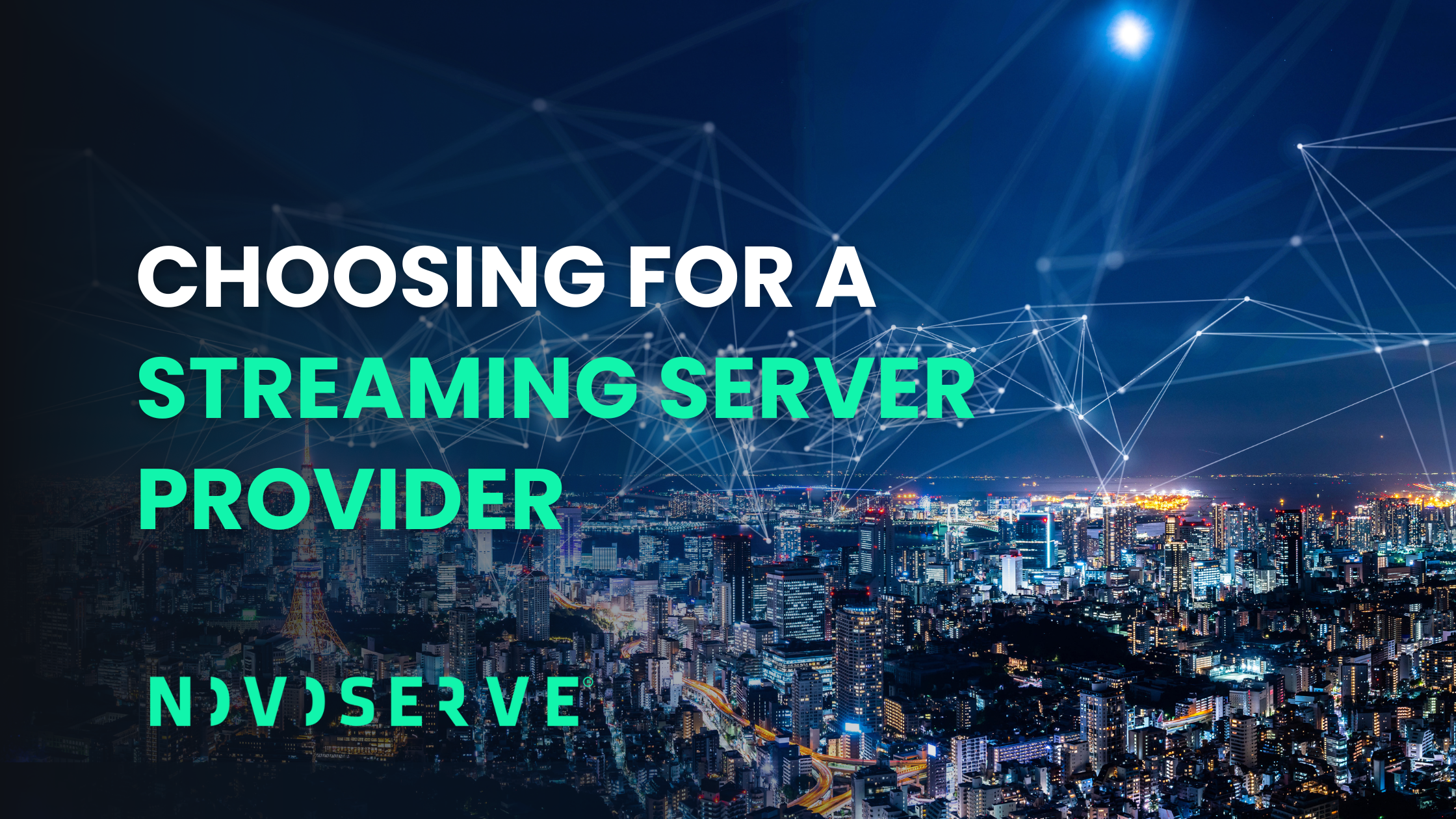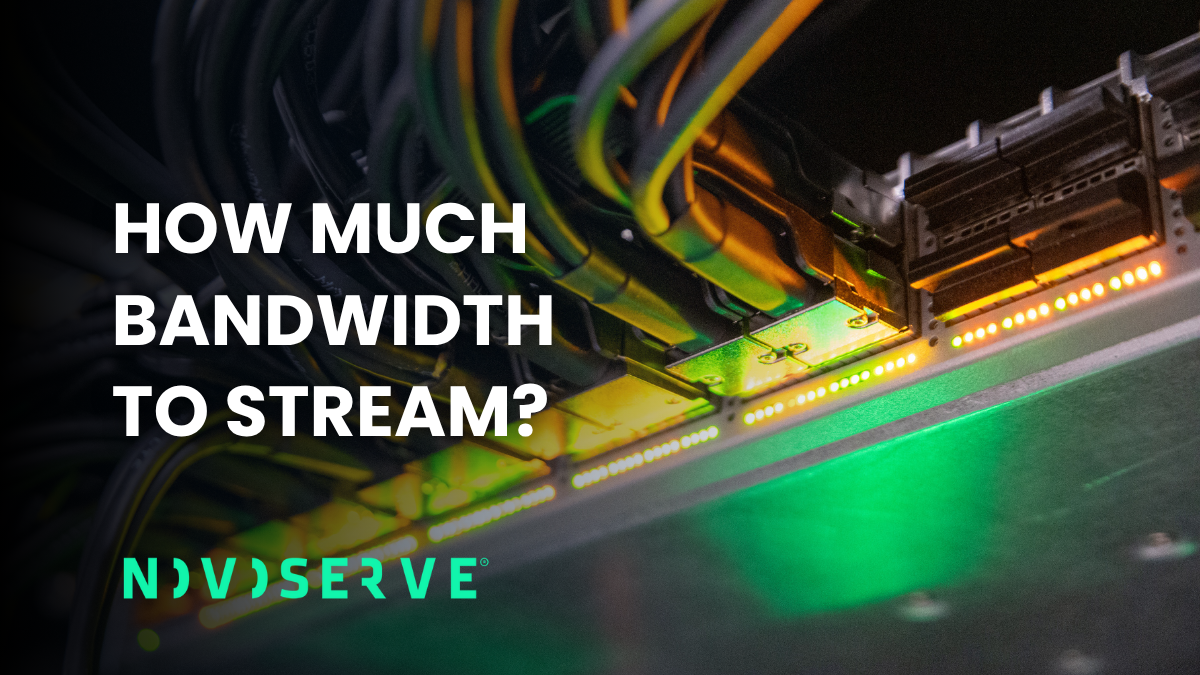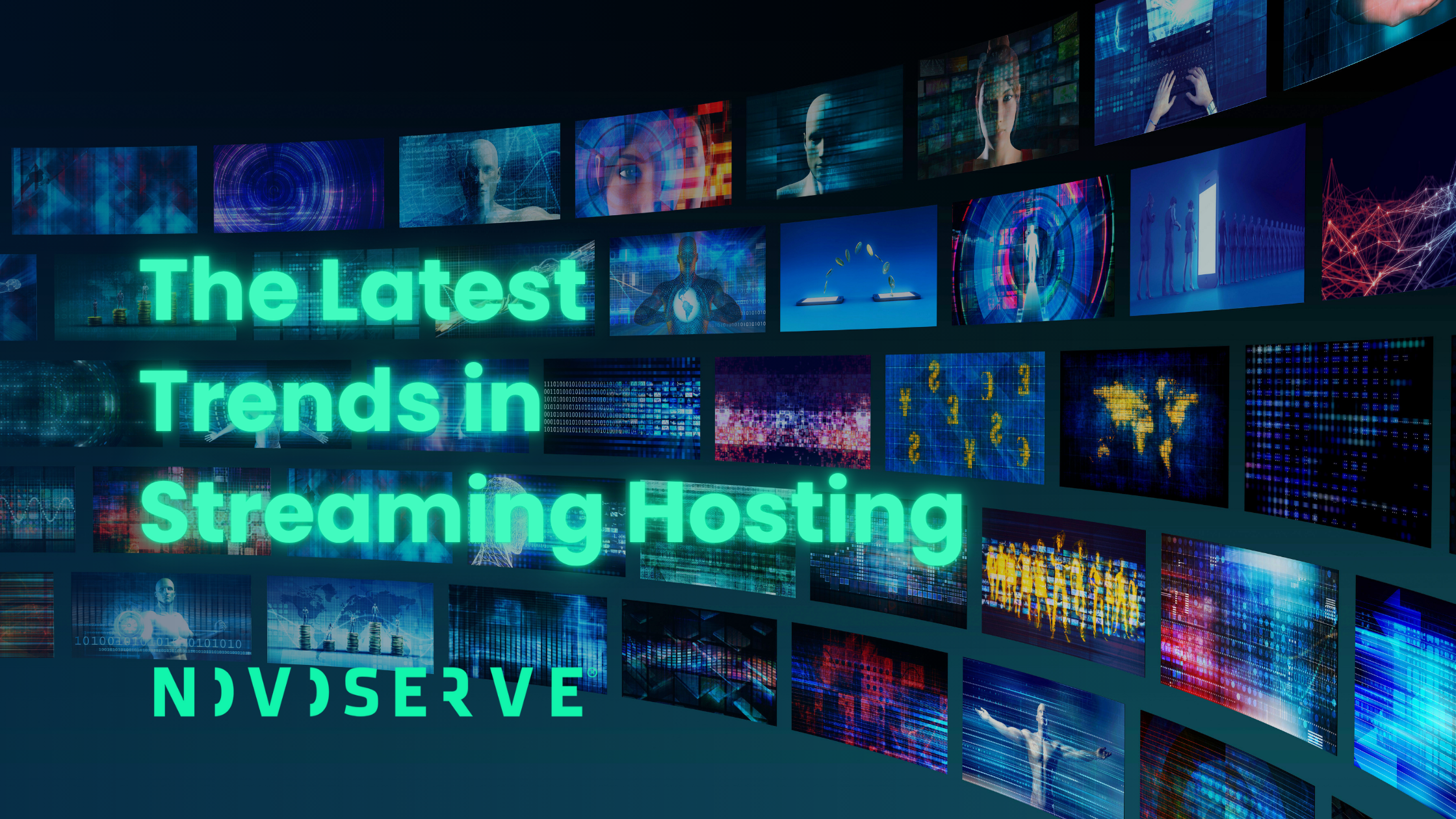Building a successful streaming service hinges on one critical factor: a flawless end-user experience. Buffering, lag, and downtime aren't just technical glitches; they're business killers for streaming. The foundation of a reliable streaming platform is the infrastructure it runs on. Understanding the right streaming server hardware requirements and network architecture is the first step toward building a streaming service that can scale.
Let’s break down the essential components of a streaming server and look at some practical insights you need to meet your specific server requirements for streaming.
Storage: the foundation of content library
The first consideration for a streaming server is storage, and it’s about more than just capacity. The type of storage you choose for your streaming server directly impacts performance.
- SSD vs. HDD: For most modern streaming platforms, SSDs (Solid-State Drives) are the standard. While HDDs (Hard Disk Drives) offer a better price-per-terabyte for massive archives, they can become a bottleneck. At NovoServe, we offer high-capacity servers with hundreds of terabytes, allowing you to build a cost-effective solution with either technology.
- The NVMe Advantage: For high-performance streaming, consider a hybrid approach. Use ultra-fast NVMe SSDs as a caching layer for your most popular content. This ensures that frequently accessed files are served from the fastest possible storage.
- The Bottom Line: While storage I/O is often less critical during active streaming (as content is loaded into memory), fast initial access times are key. Start with SSDs and consider NVMe for caching to optimize performance.

Memory (RAM): the key to concurrency
RAM is the workspace for your streaming server; it determines how many concurrent streams you can handle smoothly.
- Caching Power: A large amount of RAM allows the server to cache large portions of media files, reducing the need to constantly access the storage drives. This drastically improves performance.
- How much is enough? Starting with 64GB of ECC RAM is an excellent and affordable baseline for most streaming applications. ECC (Error-Correcting Code) RAM is crucial for server stability, preventing data corruption that could crash a stream. At NovoServe, most of our server configurations begin at this 64GB sweet spot.
Bandwidth & network quality
Bandwidth is the most critical and often underestimated of all streaming server requirements. But it's not just about the size of the pipe; it's about the quality of the data flowing through it.
- The Calculation: First, estimate your needs by multiplying the number of concurrent streams by the bitrate of your content.
- Example (Security Feeds): 2,000 streams x 2 Mbps = 4 Gbps. A 5 Gbps unmetered server would be a perfect fit.
- Example (VOD Platform): 1,000 streams x 15 Mbps (4K) = 15 Gbps. A 20 Gbps unmetered connection would provide the necessary capacity.
- Why Network Quality is King: For streaming, network quality is everything. Your customers won’t wait—they’ll switch. Since most streaming is done over UDP, packet loss is horrendous. A lost packet means a stutter during a live goal or the movie finale. The key to preventing this is a premium network with an abundance of bandwidth.
- The Unmetered Promise: Some providers offer "unmetered" traffic but hide "fair use" policies in their terms. For streaming, this is a non-starter. You need to be able to use your network to its fullest extent, 24/7. At NovoServe, our unmetered ports are truly unmetered. No fine print, no throttling.
- The NovoServe Network Advantage: We've built a premium network designed specifically for high-quality data delivery. With 10+ Tier-1 transit partners and 800+ peering relationships, we can choose the optimal route with the lowest packet loss for your streaming traffic. Our 16+ Tbps total capacity provides massive headroom to help you grow without limits.
CPU: the brains of the operation
Estimating CPU needs is the most complex part of defining your streaming server hardware requirements, as it is highly dependent on your streaming software.
- Transcoding vs. Passthrough: If you are simply passing through streams, CPU load is low. If you are transcoding (converting a stream into multiple quality versions), CPU demand skyrockets.
- Cores are King: Streaming and transcoding benefit immensely from multiple CPU cores. A CPU with a high core count is generally more important than one with a very high single-core clock speed.
- A Rule of Thumb: A rough estimate for CPU power is to aim for a CPUMark score that is approximately four times the number of concurrent streams you expect to handle.
- Example: For 5,000 concurrent streams, you would need a CPUMark score of around 20,000. A server with a dual Intel Xeon E5-2695v2 or a single Intel Xeon 6122 could be a viable solution.
Latency and the myth of distance
Can you always ignore the distance between your streaming server and your viewer? Yes and no.
The great thing about streaming is that once a stream has started and the buffer is full, the location of the content generally does not matter for the viewing experience. At NovoServe, we have customers from China streaming flawlessly from our data centers in the Netherlands.
However, distance becomes critical when users are frequently switching streams, like channel surfing on an IPTV platform. Every time a user opens a new stream, they experience buffering. This initial latency increases with distance. To solve this, NovoServe has strategically located data centers in both the EU and the US, helping you place your content closer to your audience for the best possible experience.
Optimize for price-performance
When you realise that location isn't always the most critical factor for your streaming server, you can start to optimize for what truly matters: quality and cost. Because of the immense scale of our network and bandwidth, NovoServe can offer you the best possible price-performance on high-bandwidth servers.
If you have your requirements calculated, check our unmetered 1/2/5/10/20/50 Gbps servers. If you need help, our experts are ready to design the perfect streaming hardware solution with you.





